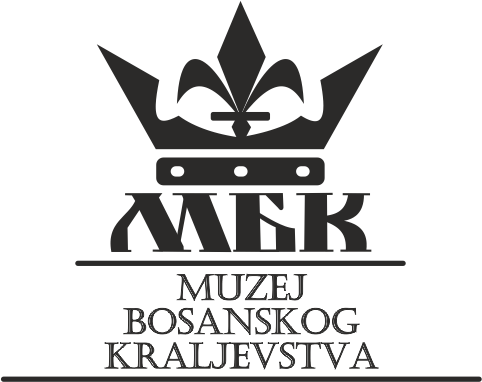Juraj Dragišić was the son of Duke Ivaniš Dragišić and grandson of Dragiša Vukčić. Besides Juraj, Duke Ivaniš Dragišić had two other sons, Pavle and Marko. Juraj Dragišić’s life path has been documented only once. Namely, he was mentioned in the well-known charter of King Stjepan Tomaš, which he issued to him and his brothers on August 22, 1446 in Vranduk. On that occasion, Juraj and his brothers were confirmed with their possessions, the towns of Ključ, Glaž and Mrin and 60 villages in the counties of Banica, Sana, Glaž and Uskoplje. The Dragišić brothers probably held the aforementioned possessions from before, so this charter only formally recognized the situation on the ground. Namely, it is well known that the county of Glaž was held by their grandfather Dragiša Vukčić as early as 1404. Accordingly, it follows that the descendants of Dragiša Vukčić after the death of Prince Hrvoje Vukčič and his son Prince Balša Hercegović independently managed the above-mentioned possessions.
In the charter, Juraj Dragišić, like his brothers, was given the title of prince. Additionally, he was mentioned last among the brothers, suggesting that he was also the youngest son of Duke Ivaniš Dragišić. The fact that the head of the Bosnian Church, djed Miloje, appears as a guarantor on the charter does not necessarily allude to Dragišić’s religious orientation. Namely, in the town of Glaž, which was under their control, the population was religiously mixed, where, in addition to adherents of the Bosnian Church, there were also Orthodox and Catholics, so it is not surprising that djed, head of the Bosnian Church Miloje appears as a guarantor. The lack of source data makes it difficult to provide any additional information about Prince Juraj.
One of the possessions of the Dragišić brothers was the county of Glaž with the town of the same name, whose sub-town Srida was an important economic center in Donji Kraji. The reliable location of the town of Glaž, as well as the entire county, was unknown for a long time and as such became the subject of interest for a large number of scholars. More recent research, where the topographical data from the charter of King Stjepan Tomaš to the Dragišić brothers helped a lot, showed that the Glaž county was located in the upper course of the Vrbas, along the left bank of the river all the way to the confluence with the Sava.
Bibliography:
- Ančić, Mladen: Na rubu Zapada: tri stoljeća srednjovjekovne Bosne, Hrvatski institut za povijest – Dom i svijet, Zagreb, 2001, 206.
- Blagojević, Miloš: “Severna granica bosanske države u XIV veku” in: Bosna i Hercegovina od srednjeg veka do novijeg vremena (ed. Slavenko Terzić), Istorijski institut SANU-Pravoslavna reč Novi Sad, Beograd, 1995, 74, 75.
- Ćošković, Pejo: Bosanska kraljevina u prijelomnim godinama 1443 – 1446., Institut za istoriju, Banja Luka, 1988, 116.
- Ćošković, Pejo: Crkva bosanska u XV. stoljeću, Institut za istoriju, Sarajevo, 2005, 207.
- Fermendžin, Eusebius: Acta Bosnae potissimum ecclesiastica cum insertis editorum documentorum regestis ab anno 925 usque ad annum 1752, Academia scientarium et artium Slavorum meridionalium, Zagrabiae, 1892, 72.
- Miklosich, Franz: Monumenta serbica historiam Serbiae Bosnae Ragusii, Apud Guilelmum Braumüller, Wiennae, 1858, 438-441.
- Mrgić-Radojčić, Jelena: Donji Kraji. Krajina srednjovekovne Bosne, Filozofski fakultet u Beogradu-Filozofski fakultet u Banjaluci-Istorijski institut u Banjaluci, Beograd-Banja Luka, 2002, 150.
- Rudić, Srđan: “Povelja kralja Stefana Tomaša sinovima Ivaniša Dragišića”, Građa o prošlosti Bosne 12, ANU RS, Banja Luka, 2019, 81, 85-87.
